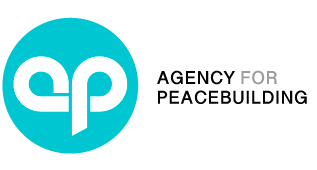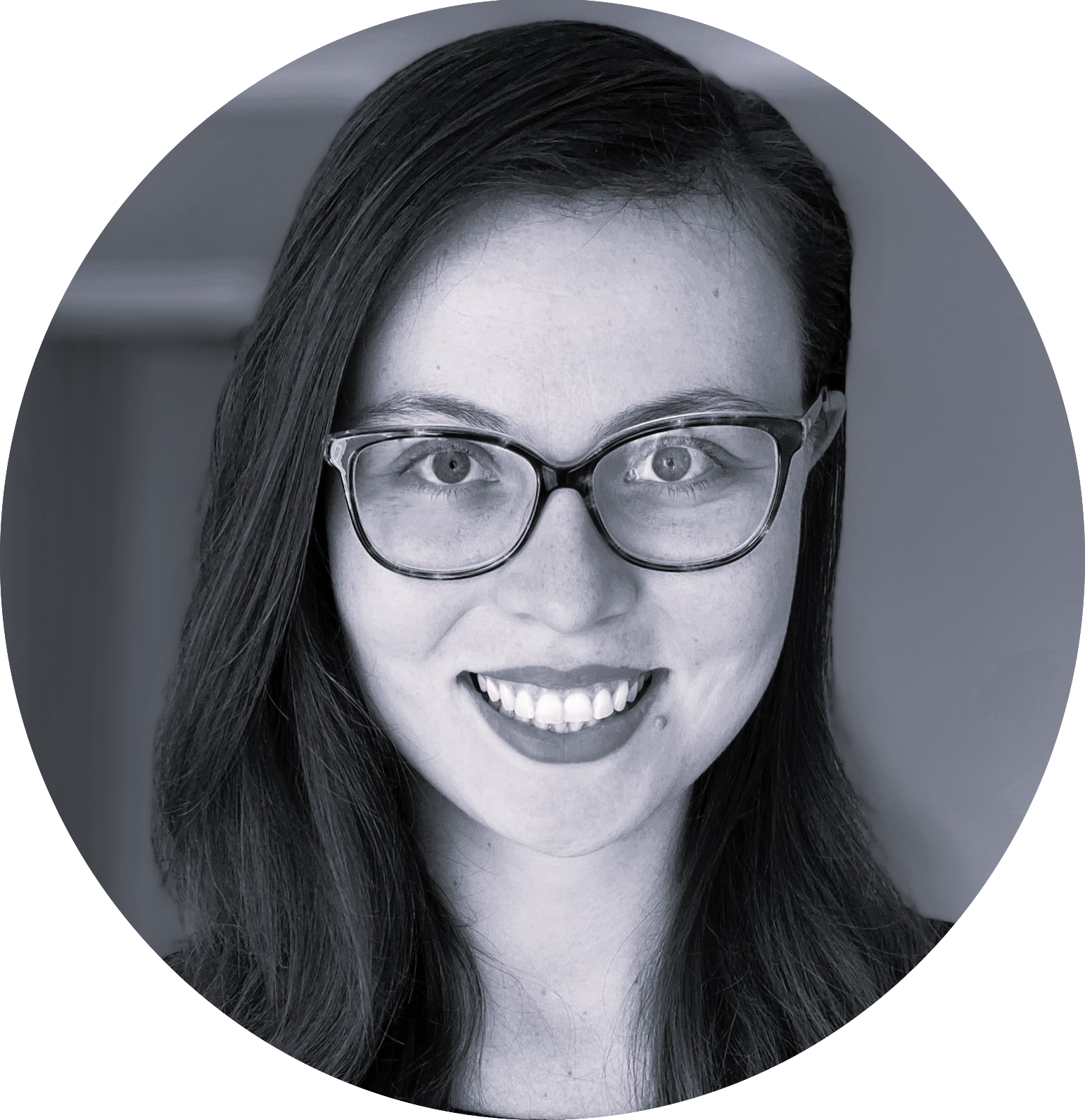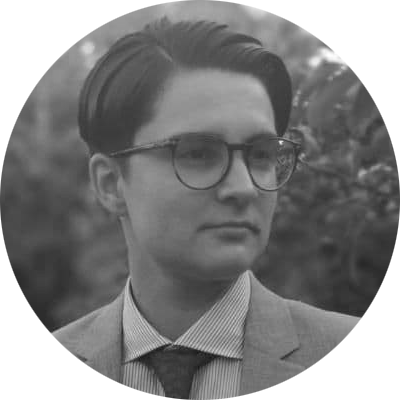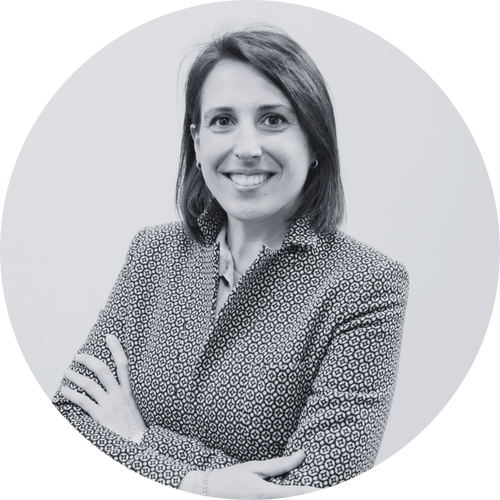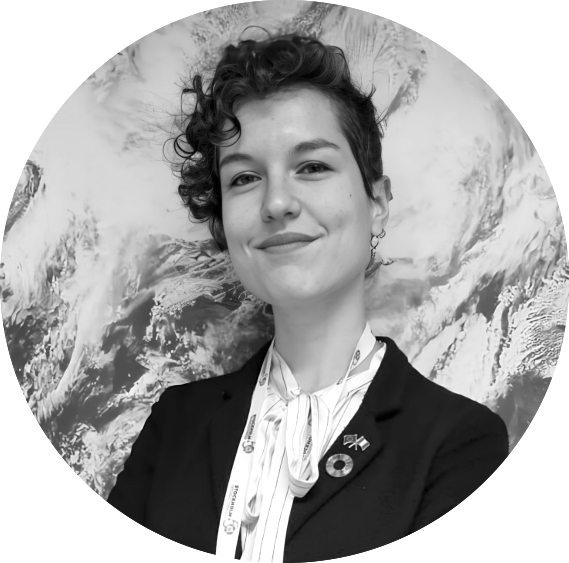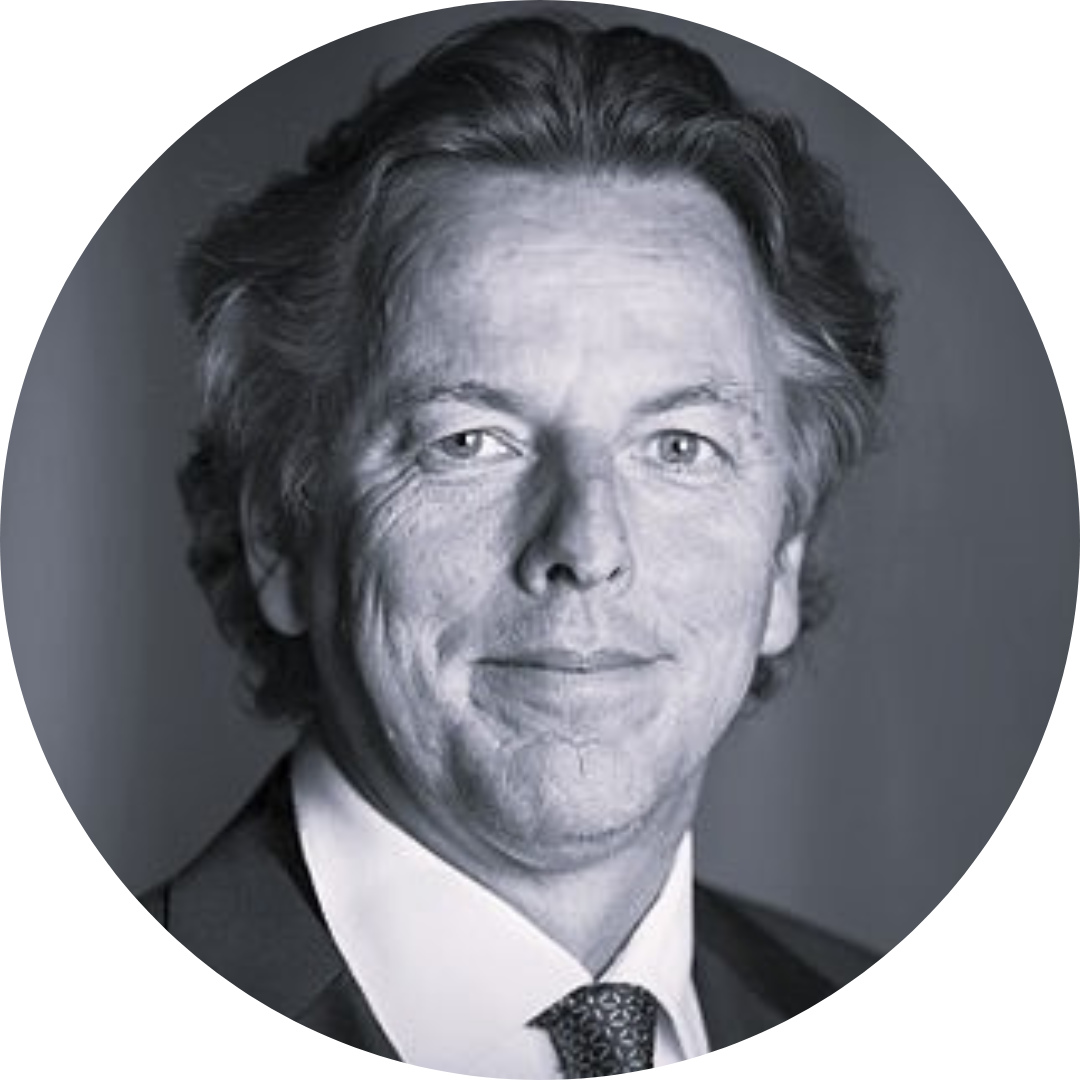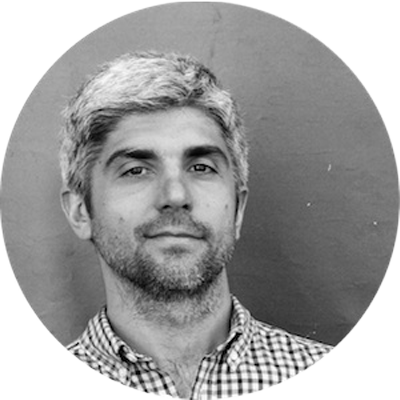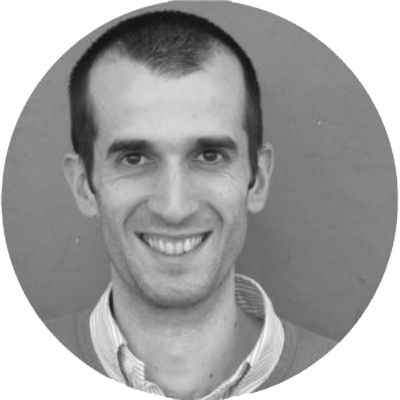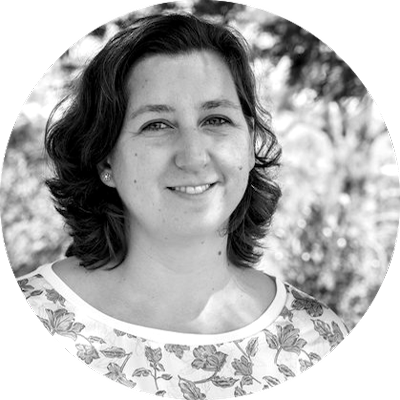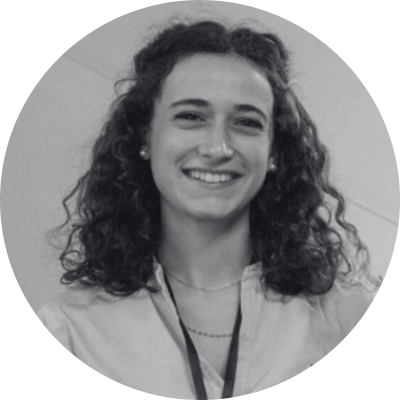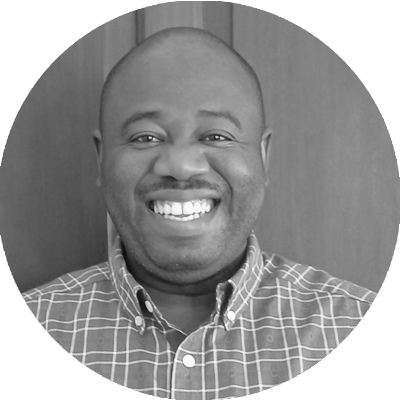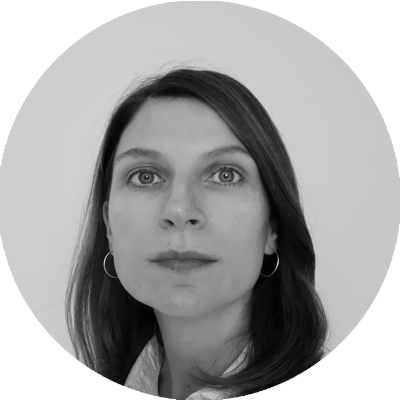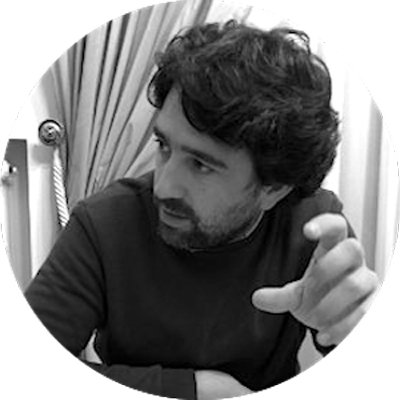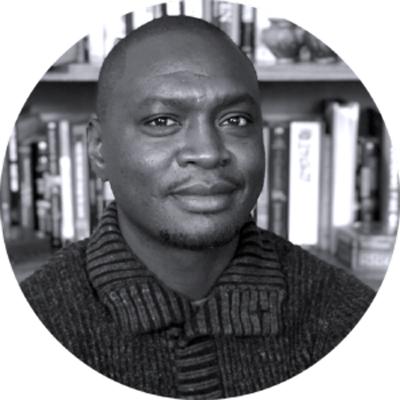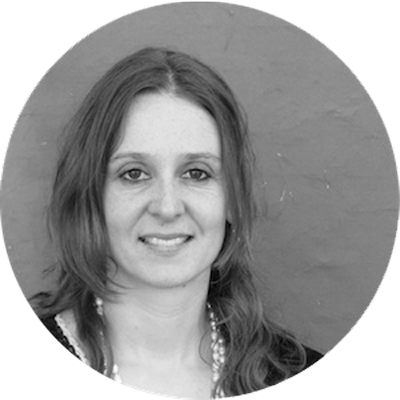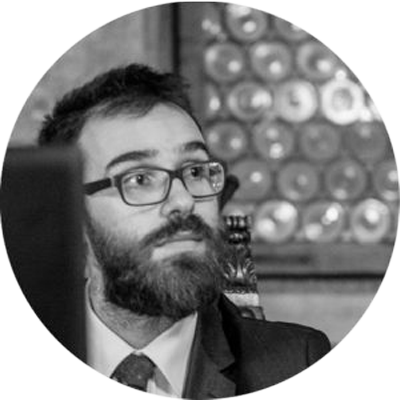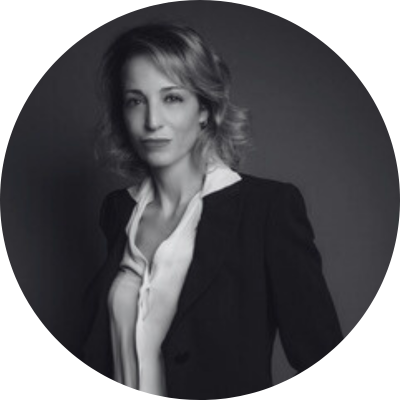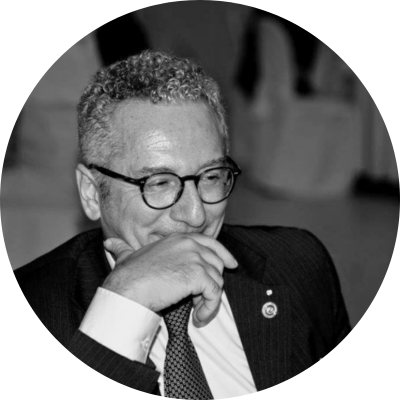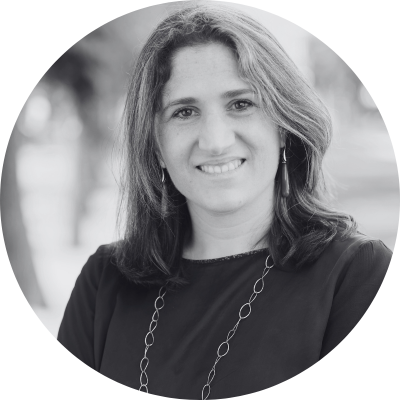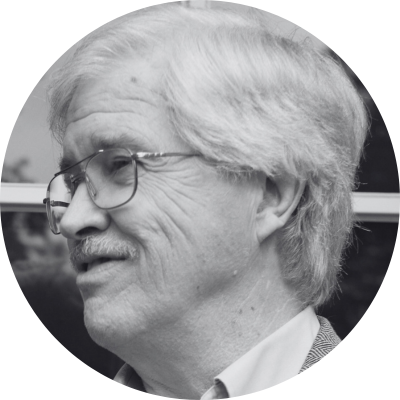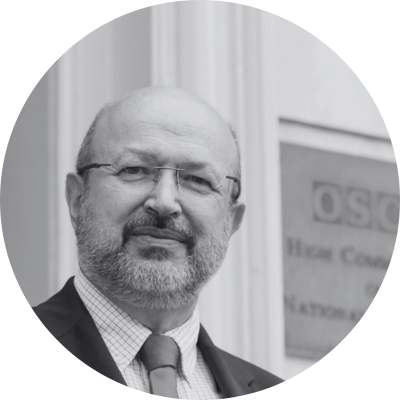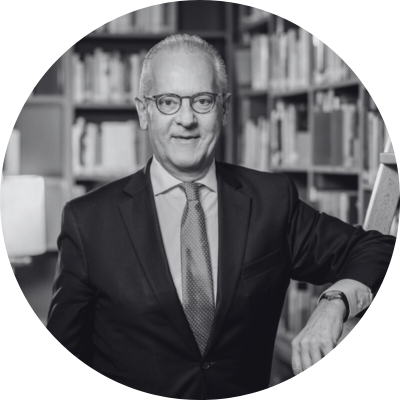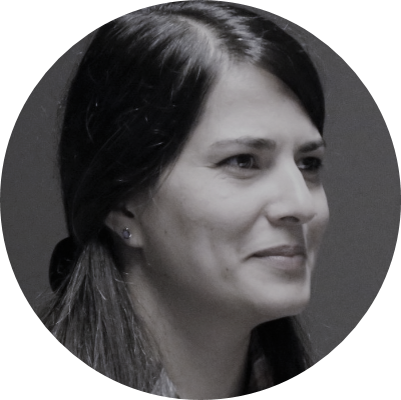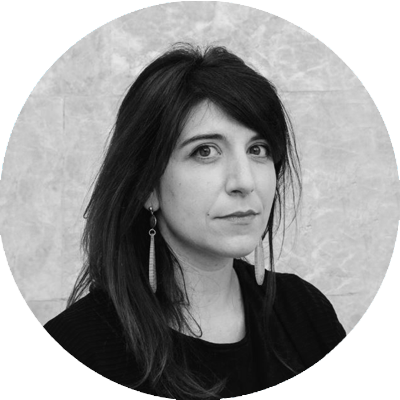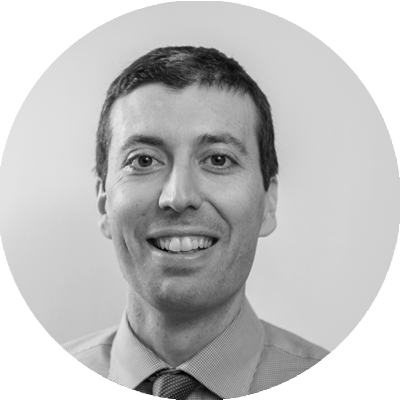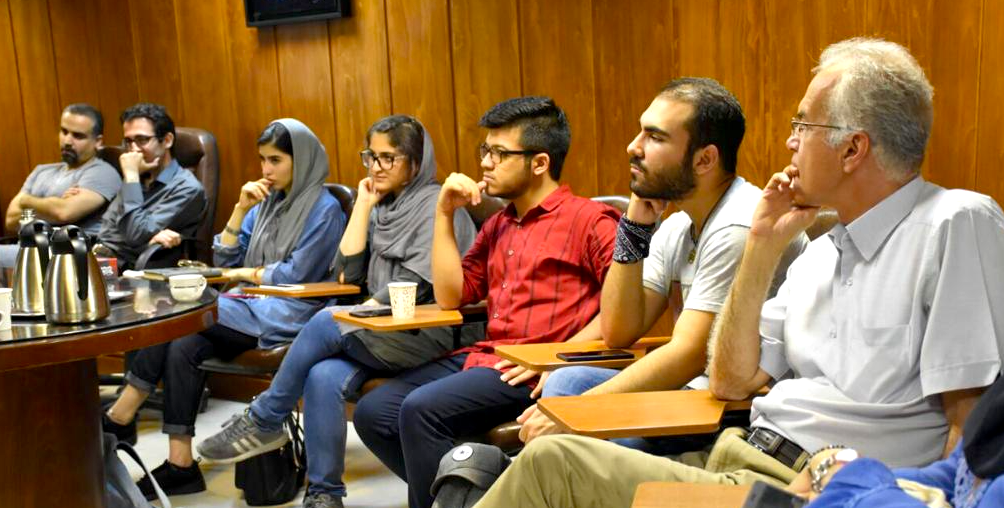
This article is published as part of AP’s work in support of the Youth, Peace and Security agenda, as defined by UN Security Council Resolution 2250 (2015). To learn more about our work and read the other articles published, please click here.
This article concerns one of the projects of the Tehran Peace Museum (TPM), which is called “Talk for Peace.” TPM is a non-governmental organization located in the capital of Iran. The idea of establishing an organization like TPM was proposed by The Society for Chemical Weapons Victims (SCWVS) in 2005 after a conversation with the International Network of Museums for Peace (INMP), of which TPM is now a member. Members of SCWVS had recently visited the Peace Museum in Hiroshima, where “the suffering from atomic arms was able to convert most powerfully into a drive for peace”, and thus supported replicating this successful peace project in Tehran.
TPM is showing the ugly side of warfare, so as to wage peace instead. The Museum’s main narrative concerns the widespread use of chemical weapons during the Iran-Iraq war, as well as in other countries and armed conflicts throughout history. When visitors come to TPM, they are given a tour by a victim of chemical weapons and therefore receive a first-hand experience on the consequences of war and, more specifically, the usage of chemical weapons. TPM’s Oral History project has also gathered the stories of these victims in one place.
While the narrative of TPM is focused mainly on so-called negative peace, which is defined as simply the absence of violence, all of its other projects and activities highlight, and are based on, the idea of positive peace, which refers to the presence of peaceful institutions and just societies. One of the best qualities of TPM is that volunteers can either join existing projects or start their own, as several volunteers actually have done. The “Talk for Peace” is one of these projects, established in 2012 by a TPM volunteer, Dr. Mahmoud Sedigh.
The idea for this project was to create a discussion group that would provide a safe space for everyone who had an interest in peace, to both talk and listen. The sessions are held in English and not in Iran’s official language, Persian. The reason for this is twofold: first, it creates a more accessible environment, as it allows international members of TPM, who come from many other countries, to join the sessions; and secondly, it gives an extra incentive for Iranians who also want to practice their English. Interested people either register for the reminder emails or get the notification through social media. The sessions have a moderator who usually gives a short description of the subject, then starts and facilitates the conversations.
TPM has a large network of volunteers and many of them have participated in these sessions. Social media was also used to invite younger people to participate in the sessions. This might seem like a very simple initiative at first glance, but to gather people, especially young people, in a safe space to speak freely about topics related to peace, and to give them a space to think and keep them involved is not an easy task. By discussing these concepts, young people can realize their own place in the peacebuilding process and perhaps join other ongoing projects of TPM. In any case, they take the ideas and the experiences with them and whenever they come back again, they talk about how these talks have affected them.
I joined TPM as a volunteer five years ago. I went initially for a lecture given by Professor Jan Oberg, which was followed by a “Talk for Peace” session. That was my first experience with this project and I enjoyed it very much as the discussions and points made there were thought-provoking. After that, I joined TPM and participated in different projects. Yet throughout all my experiences “Talk for Peace” is still one of my favorite TPM projects and after a year, I became one of the moderators for the sessions.
The topics influenced me so much that most of my research assignments during my PhD were about peace and I am now writing my thesis on this topic. The reason I got involved this much with TPM (and remained involved) is mainly because I wanted to make a difference and TPM provided me that opportunity. I am not saying that it is heaven, but I can say that it is a safe haven, especially when you “Talk for Peace”.
Overall, initiatives like TPM’s “Let’s Talk Peace” have the following benefits:
- When we are working with youth and looking for young peacebuilders, it is paramount to let them think freely and to provide a safe space for them to share their ideas. Through this process the idea of peace becomes their own and it gets personal.
- By gathering young people who have similar concerns, we show them that they are not alone. They can come together and claim the power for change.
- The other important principle is the process itself. As Johan Galtung said, we cannot talk about peacebuilding without considering the means we are using to deliver the message. In peace education, the process-oriented approach is of utmost importance and dialogue is one of the means we can use in this regard because, with dialogue and discussion, it is not about the result, but about the talk itself.
- Part of discussing is listening, and when you practice it through “Talk for Peace” you are enabled to listen to different points of view and express your own in a peaceful manner.
This initiative, combined with other projects of TPM, has engaged many young people in a way that TPM’s family is ever-growing. The volunteers and visitors might go away, even leave the country, but they are forever ambassadors of peace and many of them work or volunteer in related fields. So let’s “Talk for Peace”!
Yalda Khosravi is a PhD candidate of Public International Law at Allameh Tabataba’i University (ATU), Tehran, Iran. She works as Project Manager for the Education Department at Tehran Peace Museum (TPM), and is a facilitator, trainer and researcher in the field of peace education, human rights education and peace studies.
